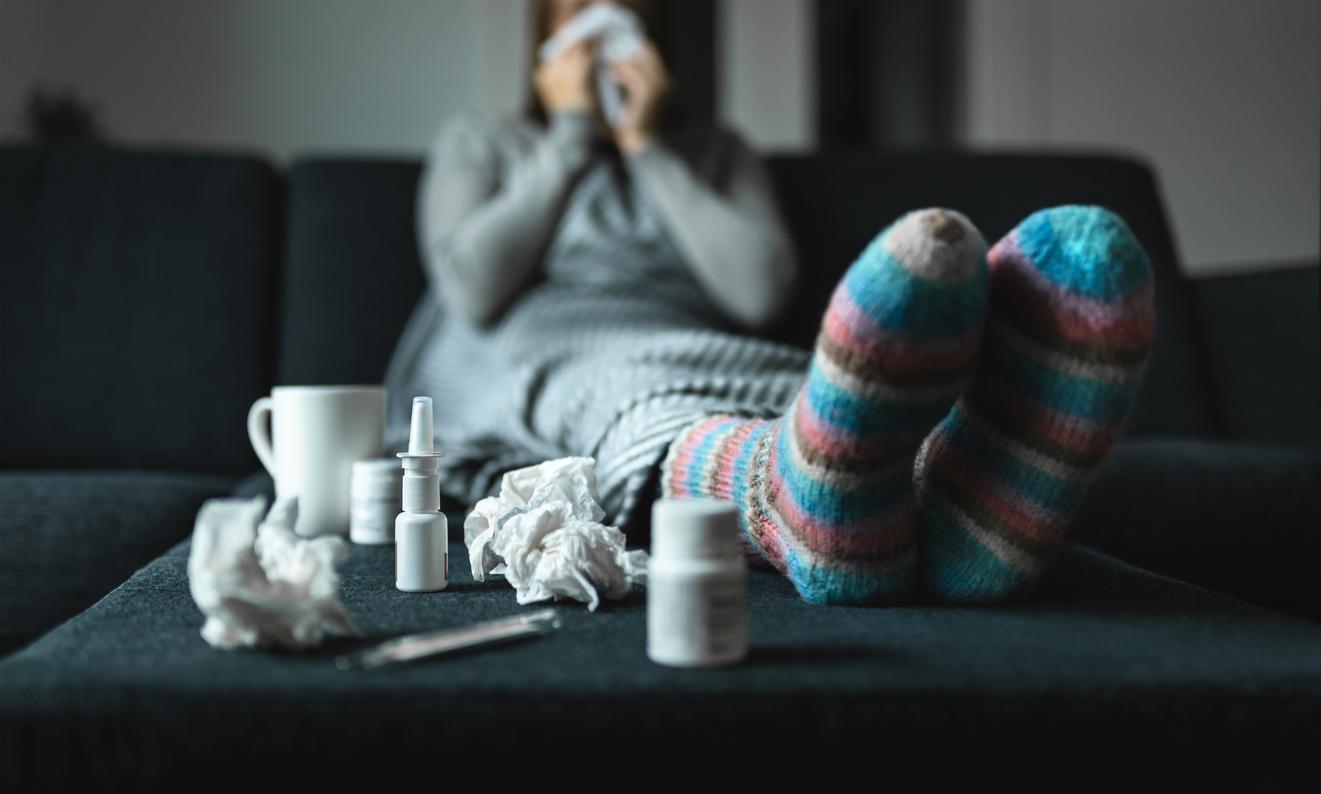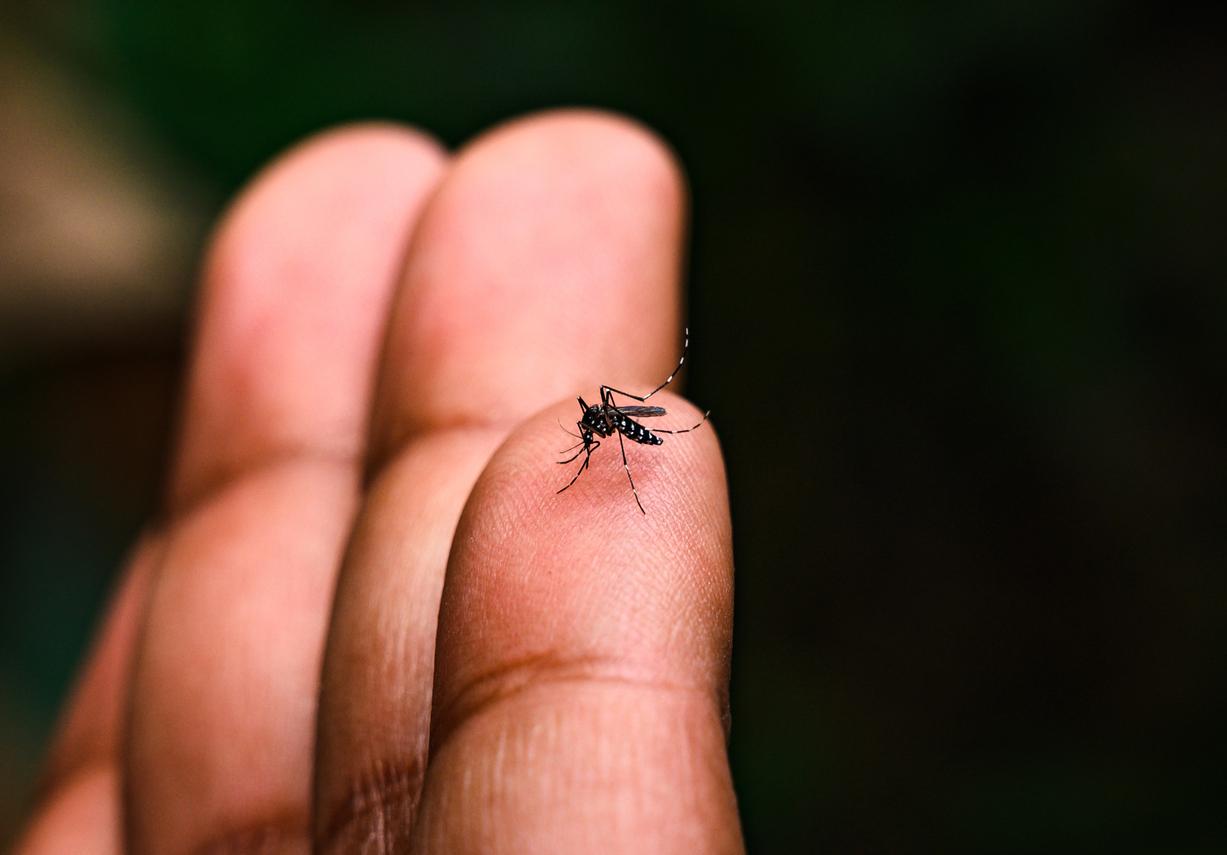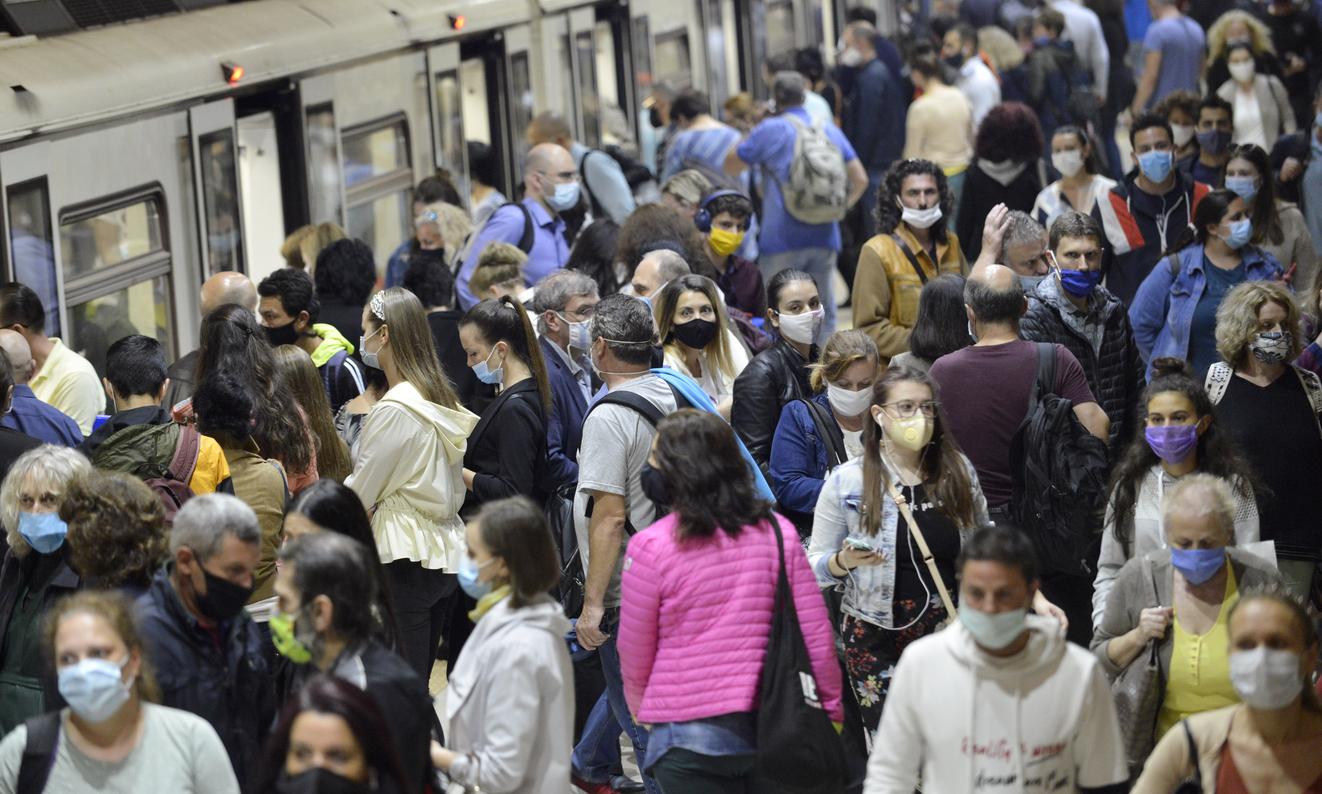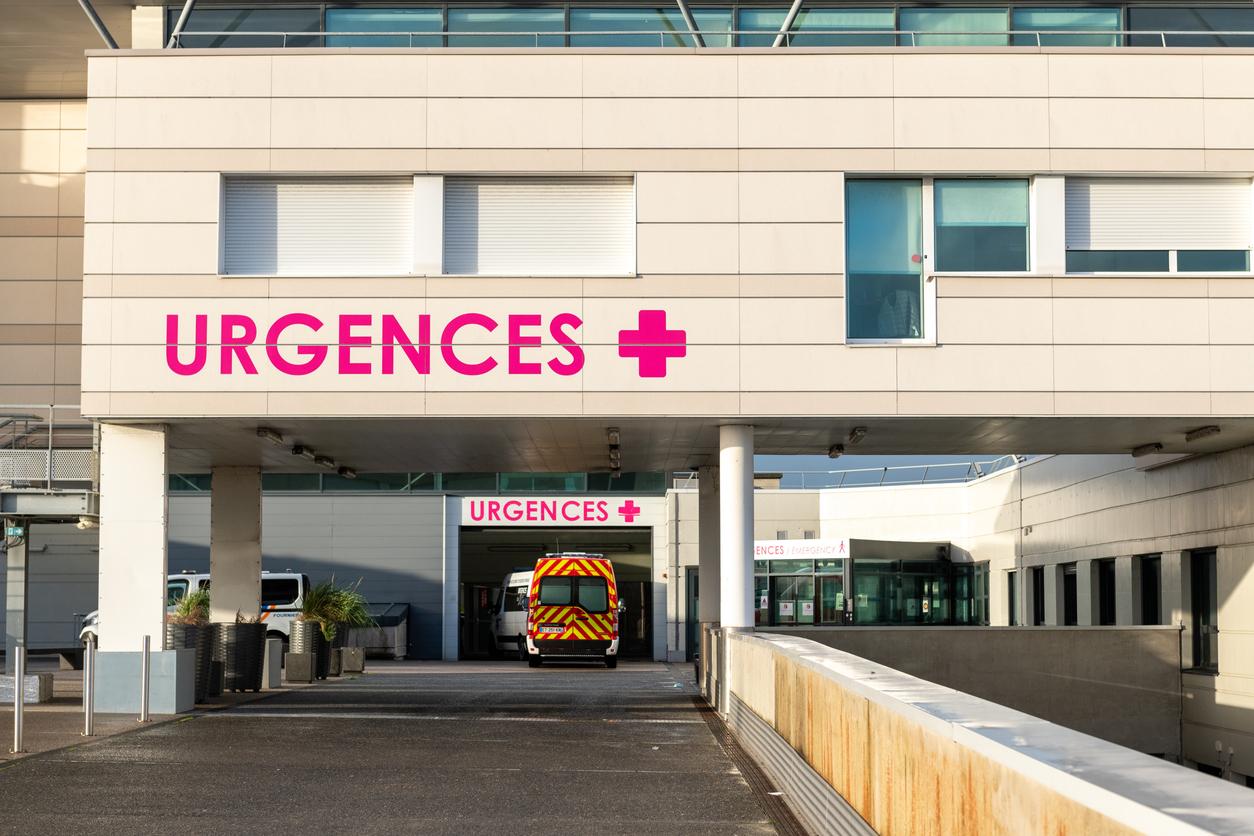Three-quarters of people surveyed in University of Michigan research admitted that they had or might hide an infectious disease from those around them.
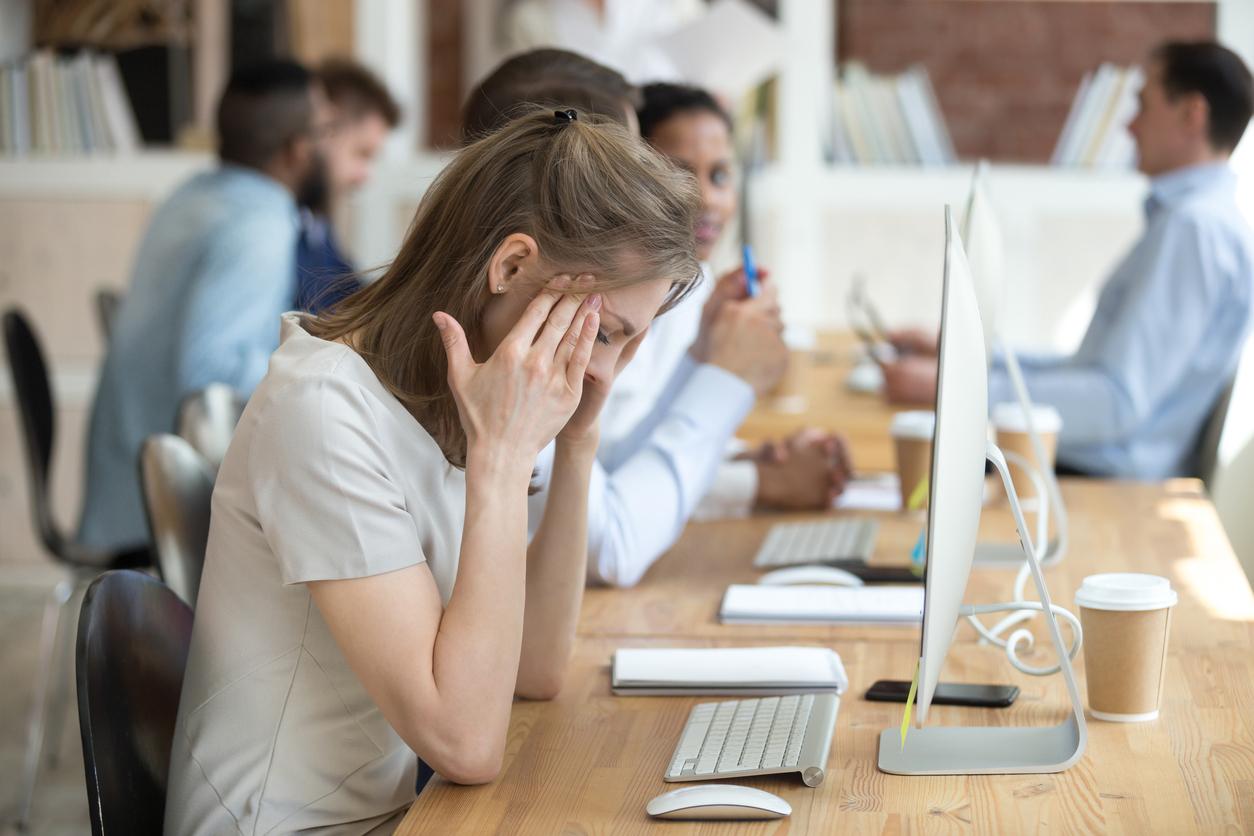
- 75% of participants said they had hidden an infectious disease from others at least once.
- More than 61% of health professionals interviewed during the study admitted to having concealed an infectious disease.
- According to the data, the sick had high levels of concealment compared to the non-infectious. And this, regardless of how harmful their illness is to others.
For years, and even more so since the Covid-19 pandemic, doctors have insisted on the importance of isolation when you have symptoms of a viral infection. If the message is understood correctly, a series of studies from the University of Michigan, presented in the journal Psychological Scienceshows that people have difficulty applying it.
75% of the 4,110 participants surveyed admitted that they had hidden an infectious disease from people around them at least once, or that they might do so in the future. The rate was 61% among healthcare professionals.
Epidemic: more than 7 in 10 patients are ready to hide their symptoms
In a first study launched from March 2020 (i.e. at the start of the Covid-19 pandemic), scientists interviewed 399 university employees in the health sector and 505 students. Participants were asked to indicate the number of days they had experienced symptoms of an infectious disease. They then rated how often they actively hid them and came to campus or work without saying they felt sick.
More than 7 respondents plus 10 admitted to hiding their state of health. Some said they had been at work, on a plane or on appointments. The majority of those surveyed said they did so because the infection “would conflict with social plans”. A small percentage of participants cited pressure from institutional policies (e.g., lack of paid leave). Only five volunteers reported hiding a Covid-19 infection during the trial period.

Viral infection: patients are rather insensitive to the contagious risk they represent
In a second part, the researchers recruited 946 participants online. They randomly assigned them to one of nine scenarios in which they imagined being moderately or severely ill while in a social situation. In each of them, the risk of spreading infection was designated as low, medium or high. To control the particular stigma associated with Covid-19 at the time, the team asked volunteers not to imagine being infected with SARS-CoV-2. According to the analyzes of the responses, these “imaginary patients” were more likely to hide their condition when symptom severity was low, and less likely to hide it when symptoms were severe and highly communicable.
Subsequently, the researchers surveyed 900 people, some of whom were actively ill, via an online questionnaire. They asked them to evaluate the contagious risk of their real or imaginary pathology and the probability of hiding it from a colleague. The results showed different reactions between the imaginary patients and those who were truly infected.
“Healthy people anticipated that they would be unlikely to hide dangerous illnesses – those that spread easily and have serious symptoms – but infected individuals reported high levels of hiding, regardless of how harmful their illness was. illness for others”explains lead author Wilson N. Merrell in a communicated.
“This suggests that sick and healthy people evaluate the consequences of concealment in different ways”adds the expert, “infected individuals being relatively insensitive to the spread and severity of their illness to others.”
For researchers, their work can help improve the management of epidemics and public health. “People tend to react negatively, find them less attractive, and avoid people with an infectious disease.”indicates the author. “So it makes sense that we would take steps to hide our illness in social situations. This suggests that solutions to the problem of hiding illnesses may require more than just individual goodwill.”










